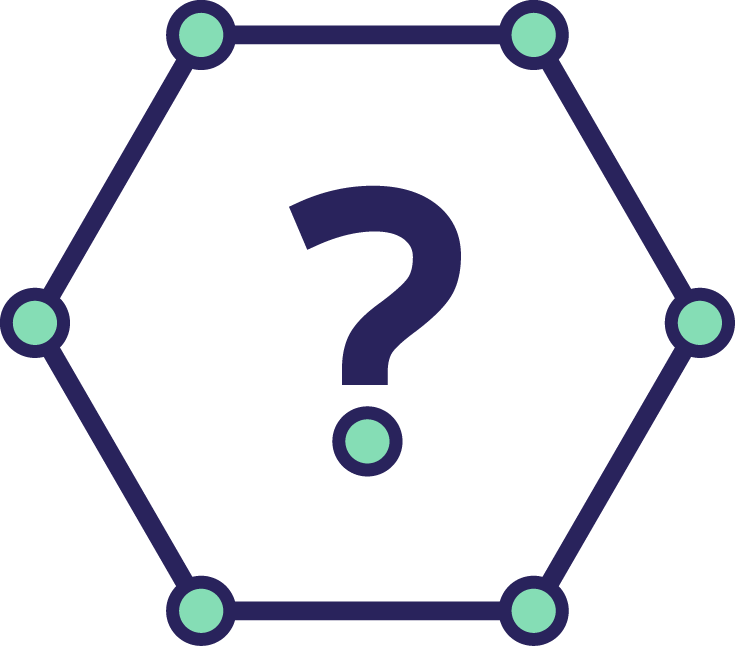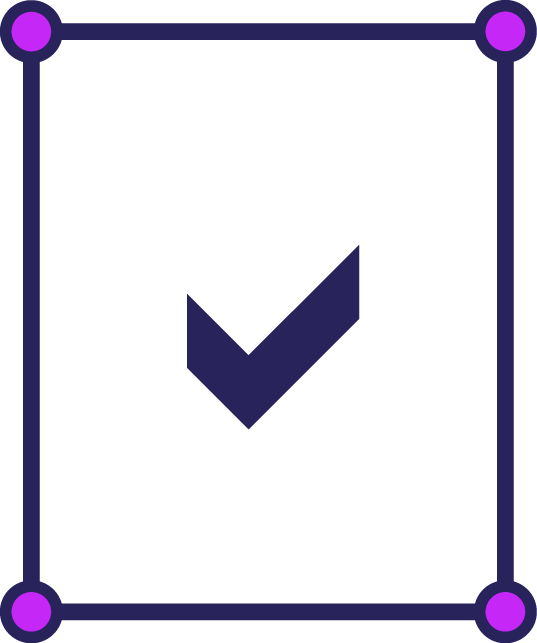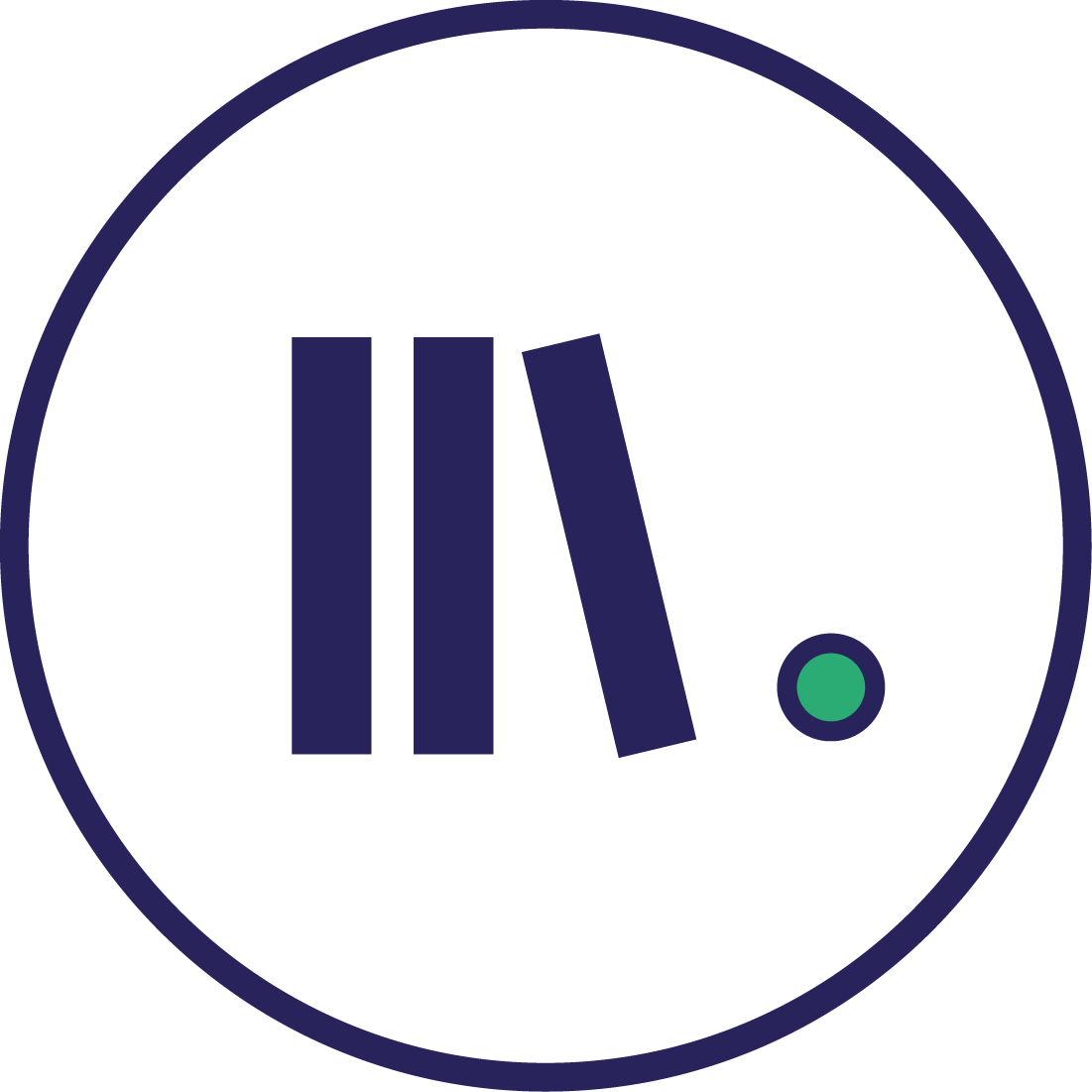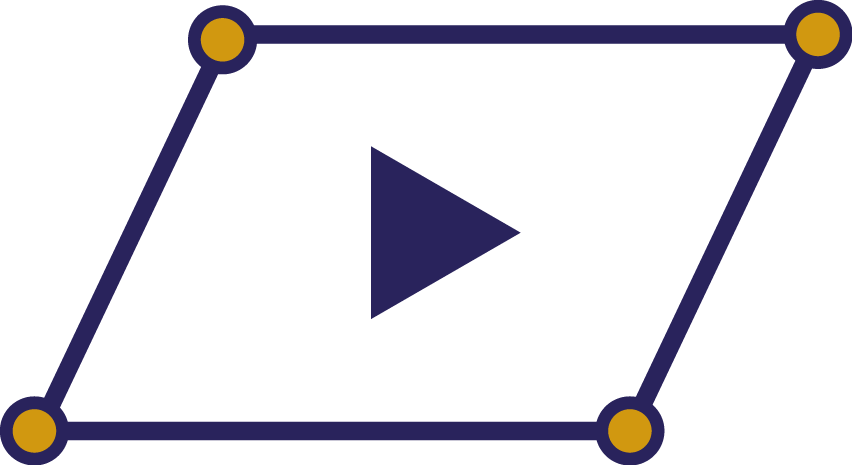technical common core
topics:
1. basic electricity and electronics
2. communication networks and radio spectrum
3. Free software
1. basic electricity and electronics
2. communication networks and radio spectrum
3. Free software
1.
basic electricity and electronics
Description:
The goal of these courses is to provide a basic understanding of the theoretical and practical elements of electricity and electronics as fundamental aspects in the operation of telecommunications and broadcasting equipment. While this course does not intend to train specialists in these areas, it is important for people to be able to understand the principles in the operation of electrical and electronic circuits for the installation, revision and maintenance of the equipment they use in their media and community networks.
The program also includes social and political aspects of the energy consumption and generation. On the one hand, it seeks to reflect on energy consumption in community media and networks, establishing principles of responsible use of these resources. On the other hand, it covers the foundations for sustainable energy use and generation as well as the necessary actions to strengthen the path towards energy sovereignty; for instance, through the implementation of Autonomous Photovoltaic Systems.
Subtopics:
Reference materials:
The goal of these courses is to provide a basic understanding of the theoretical and practical elements of electricity and electronics as fundamental aspects in the operation of telecommunications and broadcasting equipment. While this course does not intend to train specialists in these areas, it is important for people to be able to understand the principles in the operation of electrical and electronic circuits for the installation, revision and maintenance of the equipment they use in their media and community networks.
The program also includes social and political aspects of the energy consumption and generation. On the one hand, it seeks to reflect on energy consumption in community media and networks, establishing principles of responsible use of these resources. On the other hand, it covers the foundations for sustainable energy use and generation as well as the necessary actions to strengthen the path towards energy sovereignty; for instance, through the implementation of Autonomous Photovoltaic Systems.
Subtopics:
- Concepts, laws and basic principles of electricity and electronics.
- Measurement of electrical circuits.
- Basic maintenance of electrical and electronic systems.
- Using diagrams and simulators.
- Alternative energies applied to power supply in low voltage networks.
- Electrical protection and grounding.
- Use of tools and safety.
Reference materials:
- Module VII and VIII of the Popular Communication School of the Peoples (COMPPA, 2012). [in Spanish]
- Technical Handbook on Low Voltage Electrical Installations (Condumex, 2009). [in Spanish]
- Practical electrical installations (Becerril, 2002). [in Spanish]
- Laws of electronics (García, 2010). [in Spanish]
- Guide for community technicians in photovoltaic solar energy (Associació Catalana d'Enginyeria Sense Sense d'Enginyeria Sense Fronteres, 2014). [in Spanish]
- Isolated photovoltaic systems design manual (Forget, 2011). [in Spanish]
- Energy Transition. Contributions for collective reflection (Bertinat, Chemes and Forero, 2020).
- Documentary "The energy of the peoples" (La Sandía Digital, 2020). [in Spanish]
- Conversatory - documentary " The energy of the peoples" (CITSAC, La Sandía Digital, Onergia, 2021). [in Spanish]
2.
communication networks and radio spectrum
Description:
The entry of Information and Communication Technologies (ICTs) is an important element in the lives of the people living in the communities. Therefore, risk mitigation mechanisms and capacity building are required for the installation, administration, maintenance and operation of communication networks. To this end, a key aspect in the training process is the understanding of telecommunication systems and technologies that enable data transmission and access to information.
The goal is to understand the physical behavior of the radioelectric spectrum and the technologies used for the development of communication networks. It considers not only the technical aspects, but also the political and economic dimensions that frame ICTs.
It also analyzes different types of communication networks (via radio links, fiber optic or cellular radios) and the layers (physical, logical, economic and social) that make up the Internet as a global network.
Subtopics:
Reference materials:
The entry of Information and Communication Technologies (ICTs) is an important element in the lives of the people living in the communities. Therefore, risk mitigation mechanisms and capacity building are required for the installation, administration, maintenance and operation of communication networks. To this end, a key aspect in the training process is the understanding of telecommunication systems and technologies that enable data transmission and access to information.
The goal is to understand the physical behavior of the radioelectric spectrum and the technologies used for the development of communication networks. It considers not only the technical aspects, but also the political and economic dimensions that frame ICTs.
It also analyzes different types of communication networks (via radio links, fiber optic or cellular radios) and the layers (physical, logical, economic and social) that make up the Internet as a global network.
Subtopics:
- What is the radio spectrum and how is it classified?
- Types of frequencies and their technologies.
- Telecommunications layers.
- Community network design and planning.
- Experiences of connectivity community models.
Reference materials:
- Wireless Networking in the Developing World (WNDW, 2013).
- Manual for Non-Technical Radio Operators (García Gago, 2013). [in Spanish]
- Electromagnetic Spectrum and Radio Spectrum (Ordoñez, n/d). [in Spanish]
- ItrainOnline Multimedia Training Kit (MMTK) of the TRICALCAR project. [in Spanish]
- Video: What are networks and how does the Internet work (EDteam, 2019). [in Spanish]
- Digital tool: How does a DNS work?
- Altermundi video tutorials. [in Spanish]
- The social ownership of content (López Vigil, 2007). [in Spanish]
- Infographic: The three layers of digital governance (ICANN, 2015). [in Spanish]
- TV program: Debate 22: Will 5G technology close the digital gap (Channel 22, 2019). [in Spanish]
3.
free software
Description:
The goal is to reflect on the characteristics of Free Software (FS), not only as a technical element for the development of community media and networks, but as a political and ethical position that contains in itself a series of principles that allow the strengthening of processes aimed at the technological sovereignty and autonomy of communities. In this sense, not only are technical tools provided for its use and appropriation based on the principles promoted by the Free Software Foundation (FSF), but collective discussions are generated on the importance of building free technologies that promote self-determination.
Once the political and ethical aspects of FS are understood, specific tools are provided to explore (in their own experiences) specialized programs for the media, such as the EterTICs GNU/Linux distribution for community radio stations.
Subtopics:
The goal is to reflect on the characteristics of Free Software (FS), not only as a technical element for the development of community media and networks, but as a political and ethical position that contains in itself a series of principles that allow the strengthening of processes aimed at the technological sovereignty and autonomy of communities. In this sense, not only are technical tools provided for its use and appropriation based on the principles promoted by the Free Software Foundation (FSF), but collective discussions are generated on the importance of building free technologies that promote self-determination.
Once the political and ethical aspects of FS are understood, specific tools are provided to explore (in their own experiences) specialized programs for the media, such as the EterTICs GNU/Linux distribution for community radio stations.
Subtopics:
- FS concepts and principles.
- Differences between open source, proprietary, proprietary, free or open source software.
- Applications of FS inside and outside computing.
- Use of FS in community media.
- Installation of FS distributions for community media.
- The EterTICs GNU/Linux distribution.
- Thinking prohibited, private property : monopolies over life, knowledge, and culture (Busaniche, et al, 2006). [in Spanish]
- The Hacker Ethic and the Spirit of the Information Age (Himanen, 2004) [in Spanish]
- Free Software, Free Society (Stallman, 2004) [in Spanish]
- Infographic: The Cathedral and the Bazaar, [in Spanish]
- Copy this book (Bravo, 2005). [in Spanish]
- Videoconference: Free software, free society: Richard Stallman at TEDxGeneva 2014
- Basic manual Ubuntu GNU/Linux (Blanco, 2005). [in Spanish]
- Materials created by Radios Libres. [in Spanish]
- Video: INC Colombia Network (Colnodo, 2019). [in Spanish, Portuguese]
- Rhizomatica's Wiki.






